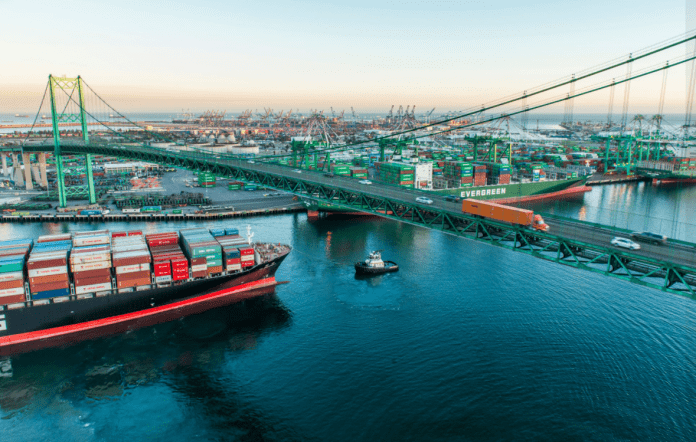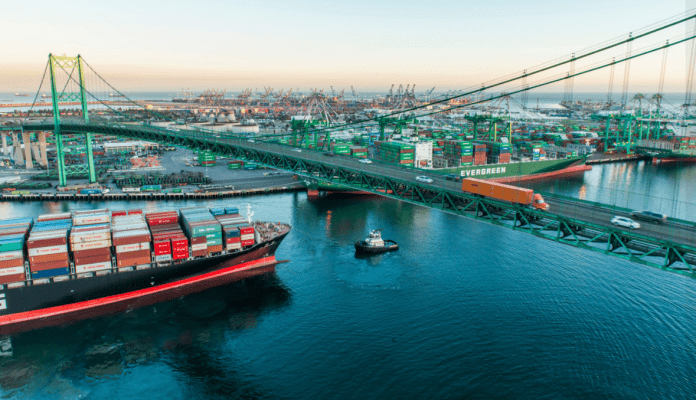The Port of Los Angeles has announced the launch of a new feature, called Horizon, in its Port Optimizer™ Control Tower data tool, which will ease terminal operations and enhance its growing digital technology platform.
In particular, the new module will facilitate cargo owners, terminal operators, truckers and other supply chain stakeholders, as it has the ability to predict and calculate container’s movements at the Los Angeles port, such as imports, exports and empties, for up to six months in advance.
“We’re proud to break ground with this new forecasting tool, which is the first of its kind,” said Port of Los Angeles Executive Director, Gene Seroka. “The Horizon predictive technology is yet another service that we can offer Port stakeholders to better plan and allocate resources, especially amid this historic cargo surge,” he added.

Developed in collaboration with the US-based transportation solutions provider, Wabtec Corporation, the long-term cargo volume predictive feature “Horizon” is continually updated by taking into account the changing conditions at the port.
Furthermore, it uses an algorithm based on historical and trending volume data, collected by the Port Optimiser, the cloud-based secure digital portal of maritime shipping data which was created by the Port in 2017, in order to facilitate more efficient cargo flow through its terminals.
Wabtec’s President of Digital Electronics pointed out, “This is one more step in our journey to connect railroads, chassis providers, truckers, warehouse operators, and others across the supply chain with the insights they need to seamlessly move cargo in and out of ports.”
As for the Control Tower, it is a data tool launched in February in order to help stakeholders better predict and plan cargo flows. It serves as an one-stop virtual dashboard with multiple data points, including real-time views of truck turn times and other truck capacity management information; the Signal, which gives a daily, three-week look at incoming cargo; and the Return Signal, which lets the trucking community know when and where to return empty containers to the port’s cargo terminals.

 Tiếng Việt
Tiếng Việt
